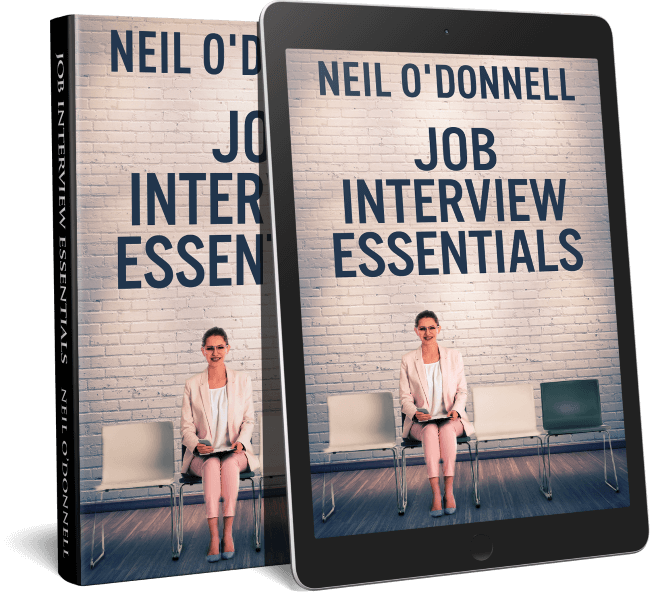Hypno-Scripts
“An excellent book on using self-hypnosis and meditation techniques”
“A fascinating topic & exercises that work”
“The step-by-step self-hypnosis techniques in this book were a big help to teaching me how to do this myself”
Hypno-Scripts: book excerpt
Why Hypnosis
Have you had one or more successful hypnotherapy sessions in your past? If so, then you know that hypnosis can be a magnificent life-changing experience.
We are all born with the ability to reach deeper into our minds. Human beings are capable of feats most have not dreamed of, simply because all cultures have long denied such characteristics, perhaps out of fear of power. We know power in the wrong hands causes calamities and corruption, so it’s best to leave things alone. Though this is true, we’re not talking about that kind of power here. Improvement starts with each of us personally. Changing our lives for the better, accomplishes a small but vital part of elevating the consciousness of humanity. This book deals with personal power to change our personal lives; to eliminate blockages that prevent us from being the total persons we are meant to be.
The human mind is capable of miracles and more and more people are finally opening to that fact. But maybe they aren’t miracles at all. They only seem that way because for so long natural powers of the human mind have been denied.
Eliminating problems from our lives is not the only condition we may solve through hypnosis. Have a clear mind opens the door to inner spiritual peace. What can be accomplished then is amazing. This is further discussed in Section Two of this book.
If you wish to change your life, to rid yourself of the tiniest problem to the gravest circumstances, you can find the way through hypnosis.
In this Hypnosis section, techniques are presented for inducing an hypnotic state with scripts being included to establish cues and post-hypnotic suggestions to continue therapeutic results once you are out of hypnosis. Many induction techniques seem similar because entering hypnosis is the same no matter the verbiage.
Once you are self-hypnotized, pre-planned cues applied while the mind is in an accepting mode embeds the cue – a word or phrase – that can trigger help when repeated in your daily waking state. It can also be a cue to help achieve a deeper level of hypnosis much quicker.
As shown by some of the descriptions for usage of self-hypnosis throughout this book, it’s essential to understand and eliminate the root cause of a situation in order to solve problems or enhance capabilities. Many problems can be over-ridden and simple instruction given that the mind not produce something new to replace the old habit. The Opening to Creativity chapter shows one of my own exciting therapy sessions when a technique was used to resolve a problem without knowing the cause.
While techniques in this book relate to deep hypnosis, if deepest states seem difficult to reach, here is some encouraging information about light hypnosis:
Randal Churchill is Founder and Director of the Hypnotherapy Training Institute. (See his Biography and book list in the Contributor’s pages.) Below is an excerpt from his book, Become the Dream: The Transforming Power of Hypnotic Dreamwork.
“The more you practice hypnosis the deeper you tend to go, but it isn't necessary to reach deep levels to be therapeutic. Excellent results in therapy can be achieved in light and medium states. Practicing hypnotherapists can train many of their clients in self-hypnosis for added benefits. With experience and confidence that a relaxed and open state of hypnosis can be reached, tools are soon developed that an individual can use for a lifetime to access the power of his or her own subconscious mind.
“There are many levels of hypnosis and various subjective states can be experienced at any particular depth. During lighter levels of hypnosis feelings of relaxation and passivity are commonly experienced. Additionally, there may be slightly altered perceptions or physical changes such as eye fluttering or a tingling sensation in the extremities or a light or heavy sensation in some part of the body. Persons who don't get much of a response at first will continue to learn and develop significant skills within a few weeks of practice.”
Using Inductions And Scripts
A thought to ponder: Thoughts are things. While you think your thoughts, you give them life. You bring them into reality. So, then, what you process through your mind as you study these techniques, you make them real and they will affect you.
The hypnosis chapters of this book are written with introductory information for each type of therapy. In those beginning notes, you learn how the techniques make the scripts differ one from another. You also learn what to expect once you awaken from the session. Following that information, the Script for the specific technique is presented separately.
1) Read through the Standard Self-Hypnosis Induction with Waking. This is one induction and awakening you may choose to use with any of the scripts. Memorize it, although you might enter hypnosis simply by reading it. Yet, each Script also has its own wording, purpose and waking technique.
2) Read through the Introductions to each of the examples given to find one that feels right for your purpose. Remember also, that you may change the wording slightly in any of these to suit your needs.
3) Decide what you wish to accomplish or work on therapeutically while in self-hypnosis and then choose the applicable Script. Once having induced self-hypnosis, go right to that script and begin.
4) Anything contained in parenthesis is instruction only and not part of the verbiage you would use during an induction or script.
5) Do not try to use any induction till you know what to expect from self-hypnosis once you induce it. Before you begin, you need to know how to bring yourself out and this is shown after each script.
For anyone attempting self-hypnosis for the first time, you may wish to read the Standard Induction and Awakening once or twice a day for a few days to get into the feel of what it’s like to be entranced. This will also help you to memorize it and make induction automatic.
The benefit of putting yourself into hypnosis, and then coming right back out without giving any post-hypnosis suggestions, is a great aid in helping you quiet the mind to relax into the process.
It may be wise to read all the way through this book before attempting self-hypnosis. You’ll learn what to expect while in the trance state, how to bring yourself out, and how to include Cues and Post-Hypnotic suggestions that will affect you at a later date or time. You’ll also learn how to create cues and post-hypnotic suggestions that apply only to you.
After you familiarize yourself with these techniques, you find you no longer need to speak the steps verbatim. They simply happen within your mind and the thought process and visualization of it happens smooth and sure.
Often times, once deciding to end a session, opening your eyes and moving about ends hypnosis spontaneously. If lucky enough to have gone extremely deep, you won’t be up walking around. Follow the protocols to assure that you always come totally out of the hypnotic state and that any post-hypnotic suggestions are locked in.
Many people make the mistake of impatiently jumping right in and trying to get into hypnosis quickly and are not successful. Many feel they may have been successful but don’t know what to do with it once there and simply pooh-pooh the whole idea thereby defeating the effort all together. Then they may not have learned how to bring themselves out of trance. Without coming out of trance, negativity they harbor in their denial may take hold because of still being in hypnosis.
For safety’s sake for those unfamiliar with self-hypnosis, please read at least the section on hypnosis all the way through before trying to induce it. Doing so provides a chance to find a favorite induction and method of bringing yourself back to the waking state.
Terminology
Hypnosis: A technique to still the conscious mind activity of the analytical left brain. To protect us, the conscious mind, the left brain, censures all we receive, know, or transmit. Truth is cloaked in order that we may not be hurt by that which we do not understand or are not ready to comprehend nor accept. Our conscious mind protects us from ourselves until we are ready to learn. It is the conscious mind we make quiet in order to access hypnosis.
Induction: Method used to facilitate hypnotic trance.
Asleep: You are not going to sleep as in an all-nighter. Your mind understands your intention to go into hypnotic rest. Still, some relax into a regular sleep when the phrase deep alseep is used. For those people, simply repeat deeper and deeper. While hypnotherapists of old used to include the term hypnotic sleep, it’s passé now. Nor do you have to say deeper and deeper into hypnosis. It’s too much. The mind knows your intention. All you need to accomplish, simply, is the altered state that hypnosis brings about. That is a conscious state of going deeper into the mind. Consciously.
Now: This word is frequently used to keep the one under hypnosis grounded in the present moment of the situation. You are subconsciously reminded where you are each time you hear the word now; either in the scene under hypnosis or back in the room where you began.
Post-Hypnotic Suggestions: Information or cues that you instill in the subconscious during hypnosis.
These either take effect in or affect your waking state.
The term post simply implies something carried out after the session, at a future time, depending on how you word your suggestions. Self refers to the suggestions given to yourself while under hypnosis. Self-hypnotic suggestion is how you instill what happens in the post-hypnotic period, after you are out of hypnosis.
Embed or Embedding: Planting a Cue or suggestion into the mind in a way that it remains there.
Scripts: The wording or verbiage that you instill in the mind to change habits, learn something new, affecting behavior, etc. Scripts are the vehicles for embedding post-hypnotic suggestions. Use a Script after inducing self-hypnosis.



















Praesent id libero id metus varius consectetur ac eget diam. Nulla felis nunc, consequat laoreet lacus id.